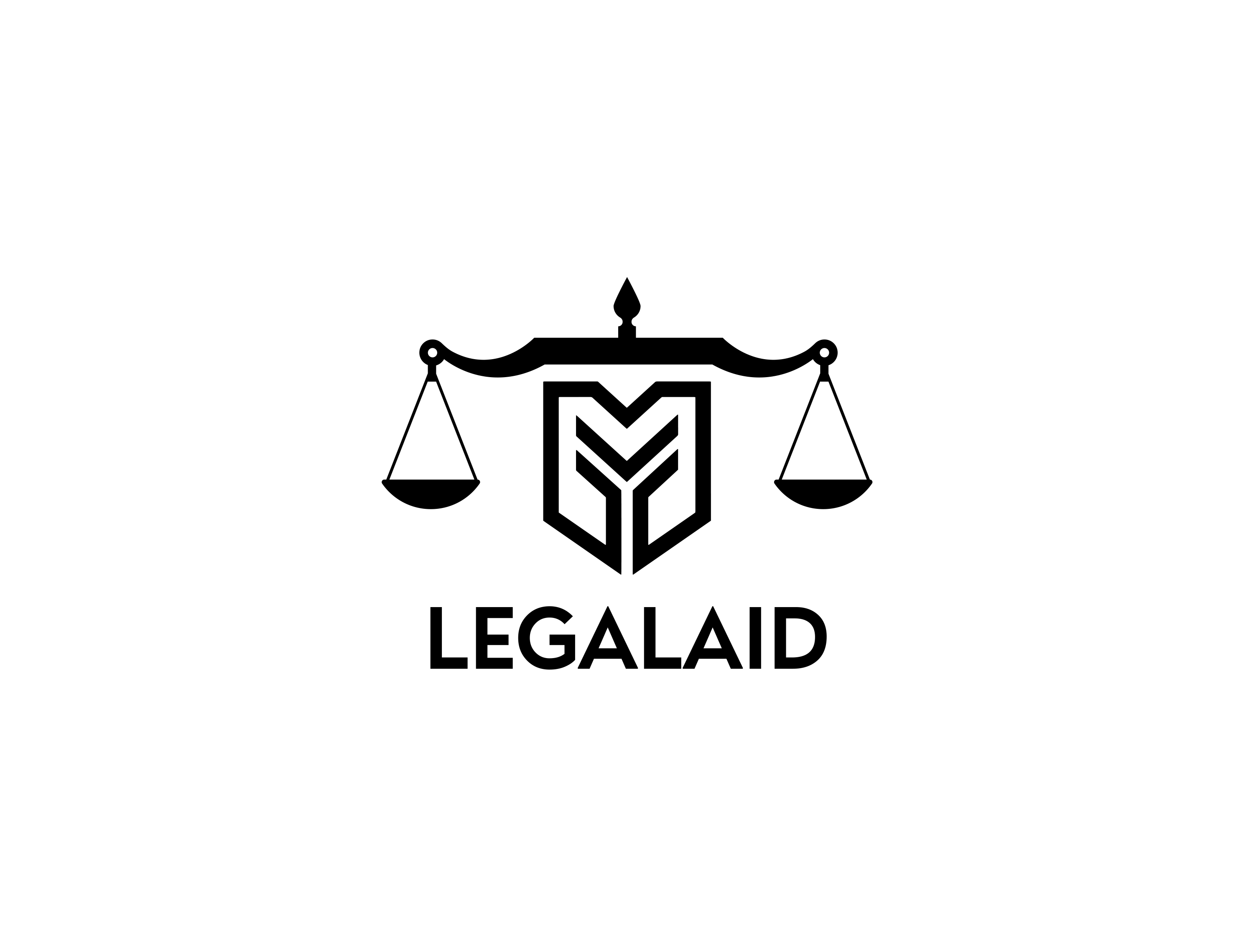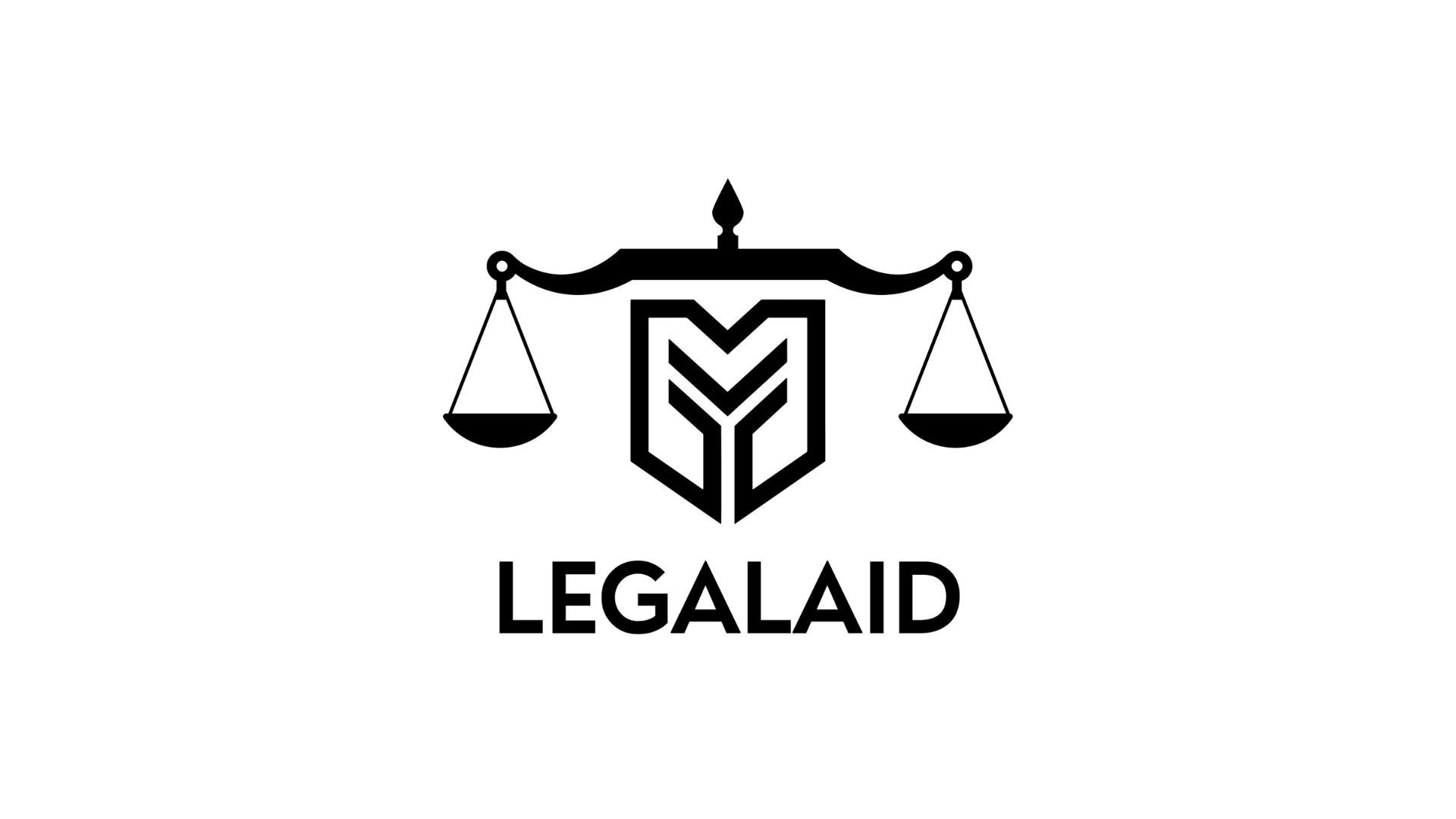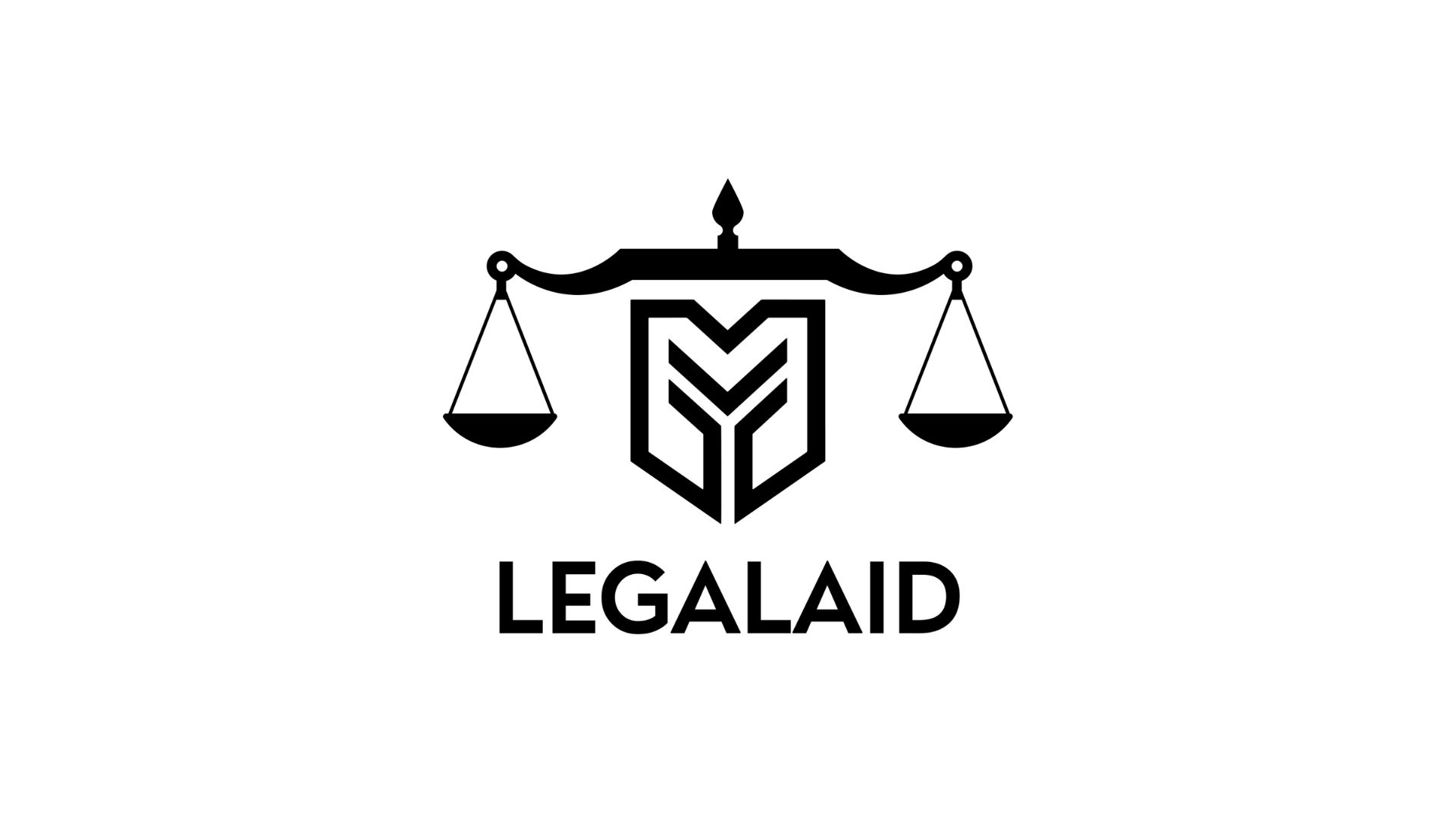
“Software” refers to the programs, applications, and data that are used to operate and manage computer systems and devices. In essence, it is the set of instructions that tells a computer what to do, how to do it, and when to do it [9, p. 60]. Software has become an integral part of modern society, playing a critical role in everything from communication and entertainment to commerce and education.
But why do we talk about software from the point of view of intellectual property? Thus, what is the connection between these two concepts – Software and Intellectual Property (IP)?
It shall be noted that the notion "Intellectual Property" refers to works of the mind, including literary and artistic creations, inventions, utility models, symbols, industrial designs, and trade secrets [14, p. 3]. Software also is a manifestation of creativity that requires the use of programming languages and tools. By safeguarding software as an IP, it incentivizes innovation, acknowledges creativity, and promotes the continued advancement of technology. Overall, the protection of software as IP is important to ensure that the creators of the software are rewarded for their work and that they have the ability to control how their software is used, distributed, and sold.
What are the ways to protect software as an IP?
- Copyright in software: Software can be protected under copyright law as a form of IP. Copyright law provides protection for the original expression of ideas in a fixed form [3], i.e., safeguards the way ideas are expressed in software, encompassing elements like the source code and object code. As a result, copyright protection for software covers the specific manner in which the software is formulated, structured, and displayed. This means that the creator of the software has exclusive rights to reproduce, distribute, display, and perform the software, as well as to create derivative works based on the software. Copyright protection for software is automatic and begins upon the creation and fixation of the software in a tangible form. Although registration is not mandatory, software creators may choose to register their copyright with the relevant government agency to enjoy effective legal protection.
- Patent protection in software: Software can be protected by patents under certain conditions. In general, a patent can be granted for a novel and non-obvious invention that is useful and falls within the scope of patentable subject matter. In the case of software, the invention must typically involve a new and non-obvious solution to a specific technical problem. Patents provide exclusive rights to the patent owner to exclude others from making, using, or selling the patented invention for a certain period of time (usually 20 years from the moment of filing). There are several key reasons why patent protection is important for software, including:
- Exclusive rights: Patents grant the owner exclusive rights to control the use, sale, importation, and creation of the patented invention, thus preventing others from using or copying it without permission.
- Revenue generation: Software patents can generate revenue for inventors and companies through licensing or selling their patented software inventions for consideration.
- Defense against infringement: Patents also offer a legal basis for defending against infringement lawsuits, which can help protect the inventor's market position and reputation.
- Encourage innovation: Patents provide legal protection and financial incentives for innovative software inventions, encouraging software developers and companies to invest in research and development, leading to new and useful software technologies.
- Trademark protection: Trademarks in software are regulated in a similar manner as trademarks in other industries. A trademark refers to a unique word, symbol, or design (combination) that sets apart and recognizes the origin of products or services provided by a particular company, as different from those of other entities [10]. In the context of software, a trademark can be used to protect the name, logo, or other branding elements of a particular software product or service. The following are merely a few examples of famous software trademarks that have achieved global recognition and popularity:
- "Microsoft Windows": The Microsoft Windows trademark is one of the most renowned software trademarks globally. Since the mid-1980s, the Windows operating system has been in use, and the trademark has helped to establish the product's identity and brand recognition.
- "Apple iOS": The iOS trademark identifies Apple's mobile operating system for iPhones and iPads. The iOS trademark is a vital component of Apple's brand identity and is recognized by millions of users worldwide.
- Trade Secret Protection: Trade secrets in software are proprietary information, techniques, or processes that provide a competitive advantage to a company and are not generally known to the public. Examples of trade secrets in software may include source code, algorithms, customer lists, and other confidential information. In order for software information or processes to qualify as a trade secret, they must fulfill certain criteria. This includes being kept secret and not easily accessible by others, having commercial value that benefits the company, taking reasonable measures to maintain secrecy, and being independently developed by the company rather than being readily available to the public [2, p.2].
To protect trade secrets in software, companies can take several measures, such as implementing access controls and monitoring systems to restrict access to sensitive information, using non-disclosure agreements (NDAs) with employees and contractors, and establishing clear policies and procedures for handling confidential information. For instance, a software firm may demand that its employees, contractors, or partners sign an NDA before accessing its proprietary software code, algorithms or other confidential information. Failure to properly protect trade secrets can result in significant financial and reputational damage.
- IP License and Assignment Agreements: One important legal strategy for software companies and developers is to protect their IP rights through IP license and assignment agreements, which can ensure proper compensation for their work and safeguard their rights. These agreements usually involve the license or transfer of IP rights, like patents, copyrights, and trade secrets, from one party to another.
While there is no single international convention or treaty specifically focused on software protection, however, there are several international treaties and agreements that provide some level of protection for software and other forms of IP. These include:
- The Berne Convention for the Protection of Literary and Artistic Works: This treaty sets the baseline for the protection of copyright for artistic and literary works. Although the term "software" is not explicitly mentioned, Article 2 of the treaty states that "literary and artistic works" encompass all works in the literary, scientific, and artistic fields, regardless of their mode or form of expression. Examples of these works may include books, pamphlets, lectures, and other similar works [11].
- The Trade-Related Aspects of Intellectual Property Rights (TRIPS) Agreement: The TRIPS Agreement identifies computer programs as a form of work that can be protected by copyright law. According to Article 10 of TRIPS, computer programs are considered literary works under the Berne Convention, regardless of whether they are in source code or object code format (1971) [12].
- The World Intellectual Property Organization (WIPO) Copyright Treaty and the WIPO Performances and Phonograms Treaty: These international agreements offer extra safeguarding measures for software and other copyright-related rights in the digital sphere. The primary focus of the WIPO Copyright Treaty (WCT) is the protection of digital works and the rights of their creators. Furthermore, the treaty concerns two kinds of works that are protected by copyright: (i) computer programs, irrespective of their expression method or format, and (ii) compilations of data or other materials, commonly known as "databases” [13].
- The European Union's Software Directive: Its main purpose is to provide copyright protection for software and to establish specific regulations for the licensing and distribution of software. The directive recognizes software as a literary work and provides copyright protection for it, with the author having exclusive rights to reproduce, adapt, and distribute the program, subject to certain exceptions such as the right of a user to make a backup copy for personal use [4].
Regarding the IP legislation of the Republic of Azerbaijan on the protection of software, it is worth noting Article 6.2 of the Law of the Republic of Azerbaijan “On Copyright and Related Rights”: “Computer programs (software) receive protection under the category of literary works. The protection of computer programs extends to all types of programs expressed in any language and form, including source text and object code, and operating systems” [1].
In conclusion, it is important to keep up to date with software protection laws and regulations in local and other jurisdictions worldwide to understand the rights and responsibilities of developers, users, and owners. Employing a range of legal mechanisms such as patents, trademarks, trade secrets, and copyrights as mentioned above can be useful in safeguarding software.
Author:
GUNEL NAJAFZADE
References:
1. « Müəlliflik hüququ və əlaqəli hüquqlar » haqqında Azərbaycan Respublikasının Qanunu, https://e-qanun.az/framework/4167
2. B, Zeidman and N, Bear. (2008). What, Exactly, Is Software Trade Secret Theft? The journal of Intellectual Property Today, p 5
3. Copyright Protection of Computer Software, https://www.wipo.int/copyright/en/activities/software.html
4. EU Software Directive, https://eur-lex.europa.eu/legal-content/EN/ALL/?uri=CELEX%3A32009L0024
5. European IP Helpdesk. (2019). IP Licensing. Publication Office of the European Union, Bulletin No.1, p 20.
6. European IP Helpdesk. (2021). Non-Disclosure Agreement: a Business Tool. Luxembourg: Publication Office of the European Union, p 10.
7. Frederic B. Schramm. (1960). Licenses, Contracts, and Assignments of Intellectual Property. 9 Clev.-Marshall L. Rev., p 77.
8. Intellectual Property Rights in Software – What They Are and How to Protect Them, https://freibrunlaw.com/intellectual-property-rights-software-protect/
9. Osterweil, L.J. (2008). What is software? The Role of Empirical Methods in Answering the Question. Journal of Automated Software Engineering, Issue 3–4, p 76.
10. Software Intellectual Property: What It Is & How to Protect It, https://cpl.thalesgroup.com/software-monetization/protecting-software-intellectual-property#:~:text=What%20Is%20Software%20IP%3F,to%20that%20code%20or%20software
11. Summary of the Berne Convention for the Protection of Literary and Artistic Works (1886), https://www.wipo.int/treaties/en/ip/berne/summary_berne.html
12. The TRIPS Agreement, https://www.wto.org/english/docs_e/legal_e/27-trips_04_e.htm#:~:text=Article%2010&text=Compilations%20of%20data%20or%20other,shall%20be%20protected%20as%20such
13. WIPO Copyright Treaty (WCT), https://www.wipo.int/treaties/en/ip/wct/
14. World Intellectual Property Organization. (2020). What is intellectual property? Geneva: WIPO Publication No. 450E/20, p 25.


